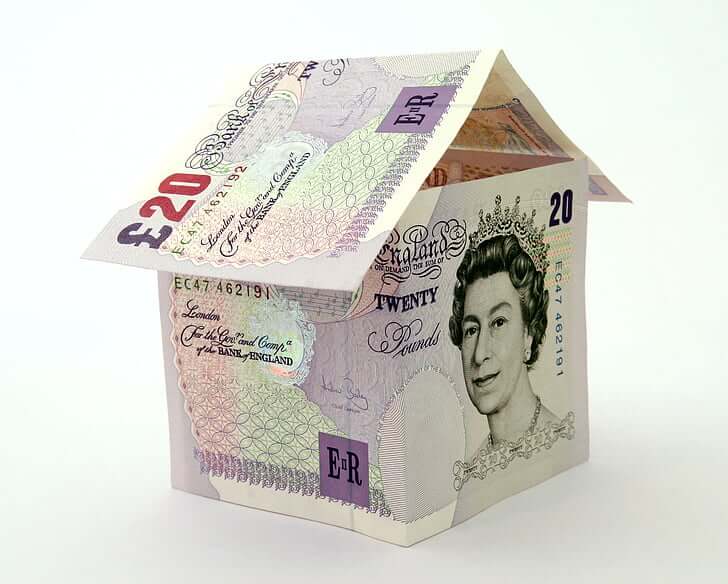It was cash buyers who made the most of the fall in property prices last month.
The cost of the average property (which is now sitting at around £281,272, according to figures from the Halifax), was 1.5 per cent lower than in the previous month. The fall brought the rate of growth of the average property down to two per cent – a decrease for the fourth month in a row. The figure has plummeted from 12.5 per cent in June this year.
Properties selling quicker than last year
Property website On the Market showed that properties were also selling faster this month. Around 60 per cent of properties which came on the market sold within the month (30 days), they reported. That compared to just 42 per cent of properties in the previous month and 53 per cent in December 2021.
Of those properties 36 per cent were purchased without a mortgage. That’s up three per cent from the previous month. The majority of cash buyers bought property in Scotland where houses and apartments tends to be cheaper than south of the border.
Buyer interest up in January after fall in mortgage rates
Figures revealed by property portal Rightmove show a similar rise, with a 55 per cent increase in buyer interest for January. It’s also four per cent higher than January 2019 – but still around 33 per cent lower than in January 2021.
Analysts attribute the increased number of buyers to the fall in mortgage rates in December. They spiked to more than six per cent after the mini-budget but have been falling since former Sunak became prime minister and are now sitting at around 5.63 per cent.
Tim Bannister, Rightmove’s Tim Bannister said he expected to see growth and a stronger property market after the spring.
“The full effect of affordability constraints and last year’s mortgage rate rises will hold back some segments of the market in the first half of the year,” he added. “But our leading market indicators may start to identify some green shoots of growth that will go on to strengthen in the second half of 2023.”
Rightmove – which base their data on sellers’ asking prices – put the average property at £362,438 – a jump of £3,301 on the previous month.
Annual property rise equivalent to year’s salary
Meanwhile, figures from Stripe Property Group, based on the latest Land Registry figures show that the rise in the cost of the average property over the past year was just £313 less than the average UK wage of £33,402. In other words, at a rise of £33,089, a property was almost equivalent to an average year’s wages.
Splitting the analysis down geographically is even more startling. To the extent that in the South West of England houses rose by £44,012 over the course of the year, while the average wage was just £30,653 in comparison.
James Forrester, managing director of Stripe Property Group, said the analysis showed him that “the hurdle to homeownership is only growing larger by the day.” To help combat this, Forrester, like most analysts is calling for the government to encourage construction companies and developers to bring more homes to the market to balance the supply and demand equation.
To stay updated with the latest news in the property world, subscribe to a free trial of Blue Bricks Magazine by clicking here. You can cancel after the trial and it costs nothing, or it’s just £9.99 if you like it and want to continue (which we’re sure you will).
